Mysterious Osiris Shaft Private Tour Photos
Fri, Oct 29: Cairo, Egypt
Herodotus, the ancient Greek historian, stated that the builder of the Great Pyramid was buried underground inside a granite sarcophagus where there was water. Let’s explore whether the Osiris Shaft matches his story.
The UnchartedX private tour of the Osiris Shaft is one opportunity you won’t want to miss. I definitely wanted to go down into the Osiris Shaft to see what’s underground at the Giza plateau. The shaft tunnels goes down 90 feet and has three lower levels. It starts out ok, but gets weirder and creepier the more you go down.
The lowest level is flooded with water. There is a side tunnel in the lowest level that can only be accessed by wading through the water. The stone box at that level is what gives the shaft its alternate name, The Tomb of Osiris.
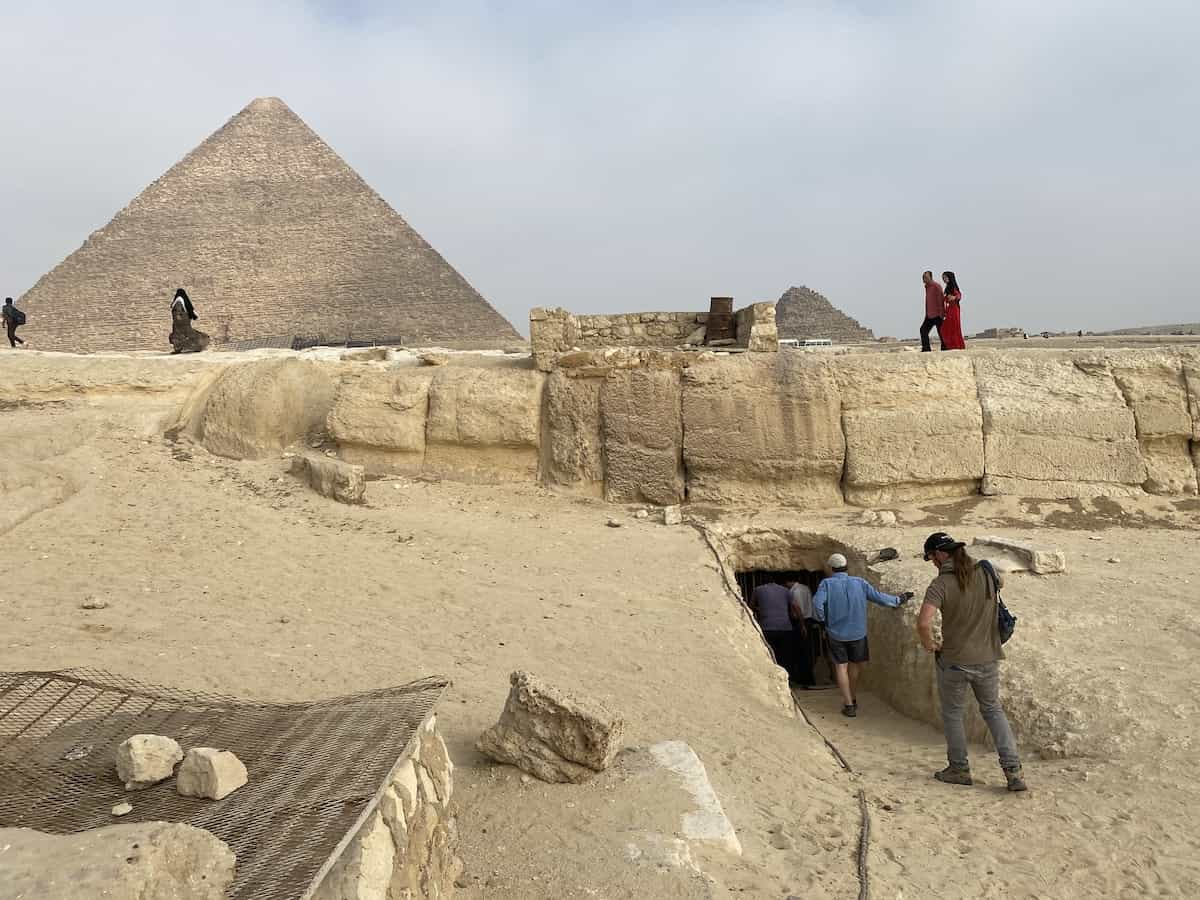
Is the Osiris Shaft private tour worth it?
Yes, a trip to the Giza Pyramids isn’t complete without exploring the underground structures like the Osiris Shaft. While it costs around $2000 to rent the Osiris Shaft for a couple hours, being part of the UnchartedX Egypt Tour (and others) lowers the per person price. For our tour, it was $220 per person. You’ll likely visit the pyramids just once in a lifetime, it’s a small incremental price to pay. I would highly recommend you go here if given the opportunity on your tour.
What’s in the Osiris Shaft alcoves?
In the second level of the Osiris Shaft is a chamber with four alcoves, two on each side. There are some sorry looking sarcophagi in a couple of them, and some pottery and shards for budding archaeologists to explore.

What are the Osiris Shaft tool marks?
The underground chambers in the Osiris Shaft shows parallel tool marks left by digging. This suggests something other than a chisel, stone hammer, or pick axe which would leave different marks. Our modern digging tools have evenly spaced “teeth” on rollers which leave similar parallel marks in the stone. In one of the photos, there is evidence of a tool with “fingers”. This suggests the digging tool was similar to a rake rather than a roller.
TIP: When exploring underground tunnels and chambers, check the walls and ceilings for evidence of tool marks.
These parallel digging tool marks can be found in other places in Egypt as well as in other places of the world. See more of the digging tool marks in the Subterranean Chamber of the Great Pyramid.
Is there water at the bottom of the Osiris Shaft?
Yes there is water at the bottom level. The most likely source is that the depth of the shaft has met with the groundwater table level.
While the creepy factor begins as soon as you take your first step on first level, it gets worse at this lowest level. The eerie still water in the darkness only heightens the sensations.

What’s in the Osiris Shaft Hidden Tunnel?
In the corner at the bottom of the Osiris Shaft is a curiously small tunnel which is not open to the public. Set up above the waterline, the tunnel is roughly cut, damp, and narrows down making it impossible for a person to continue to reach the other end. What is beyond there, remains a mystery.
This YouTube video from Thea at More Than Human shows the Osiris Tunnel in more detail – click once to load it and again to play from the bookmarked time.
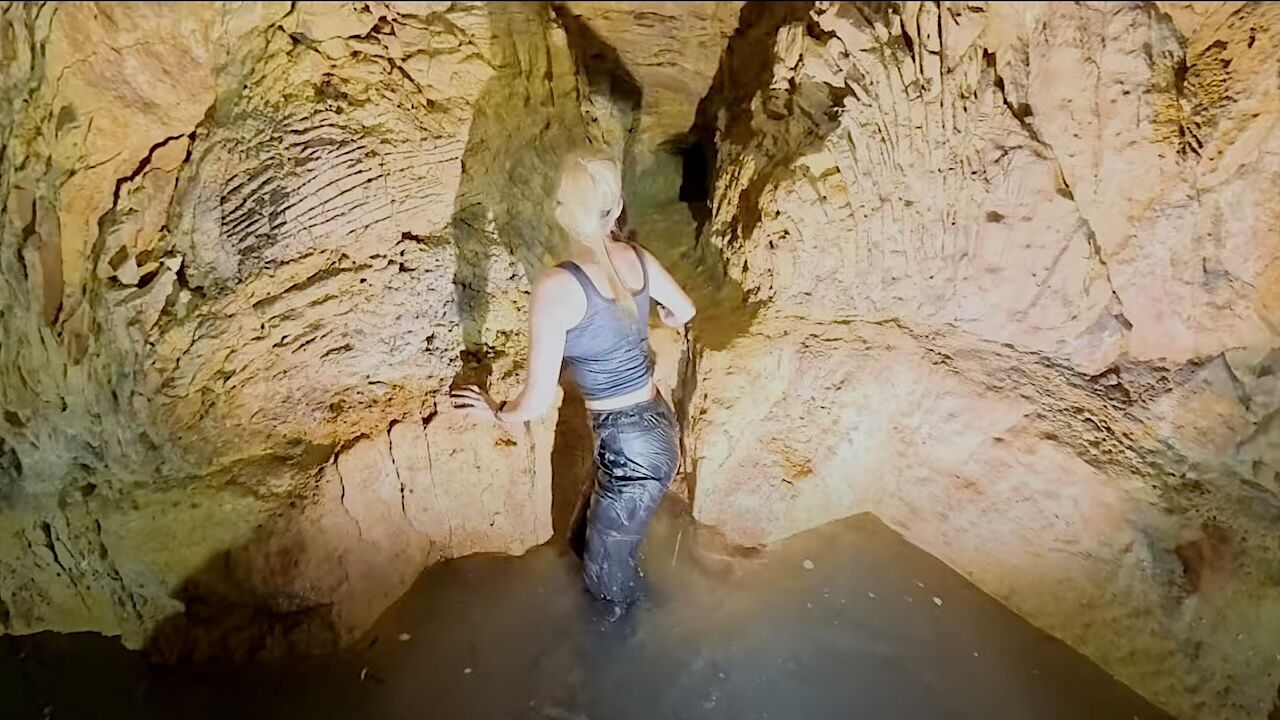

How old is the Osiris Shaft?
The pottery shards and bones found on the second level of the Osiris Shaft date to about 500 BCE, or 2500 years ago. The artifacts recovered from the lowest, water filled level, date to about 1550 BCE, or 3500 years ago. The actual age of the Osiris Shaft could be older, but it is at least 3500 years old.
More about the Osiris Shaft
Explore similar digging tool marks in this video: Curious Being Yangshan Monument in China.
More info on the shaft in this: Jahannah James Osiris Shaft video with Jimmy from Bright Insight.
Have you visited or heard of the Osiris Shaft and the Tomb of Osiris, what do you think it was used for? Let us know in the comments below.
Part of the Ben UnchartedX Egypt Tour
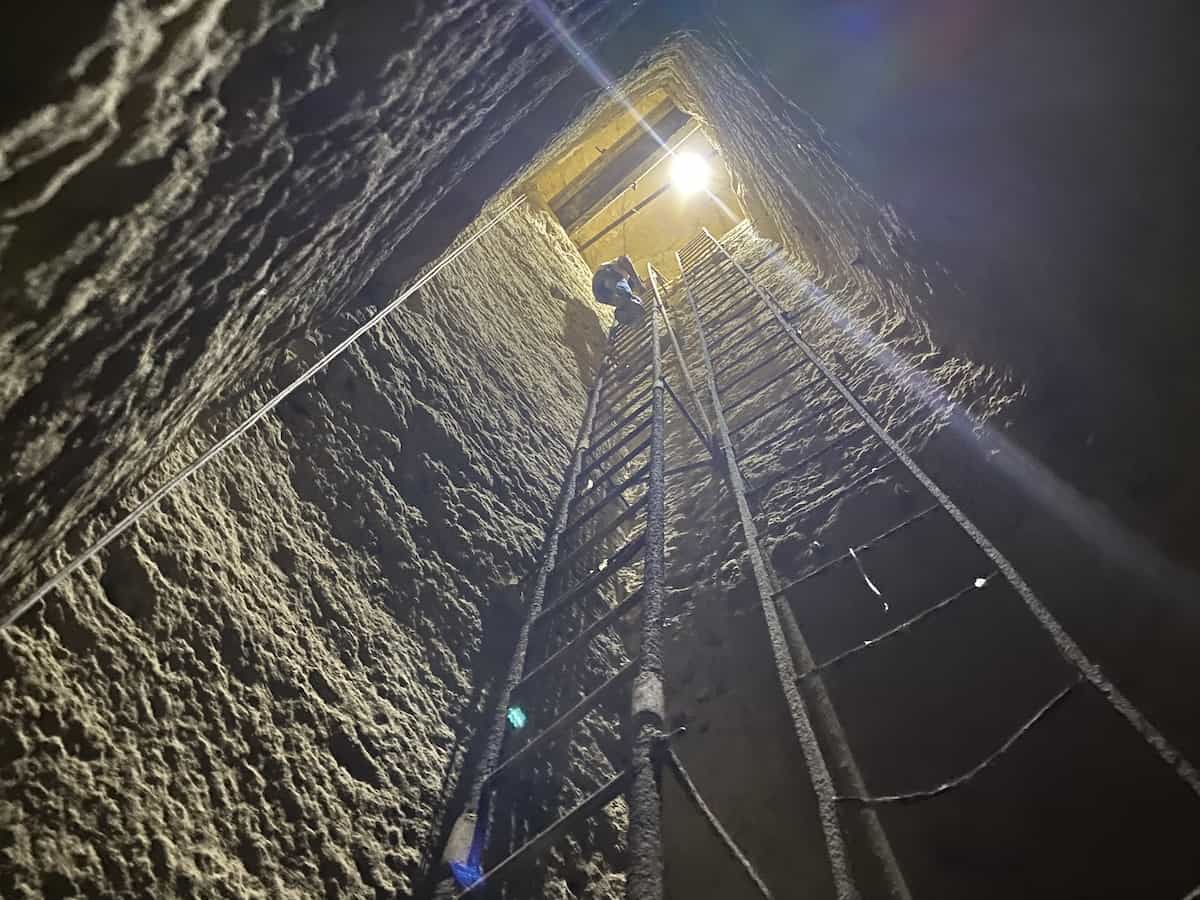
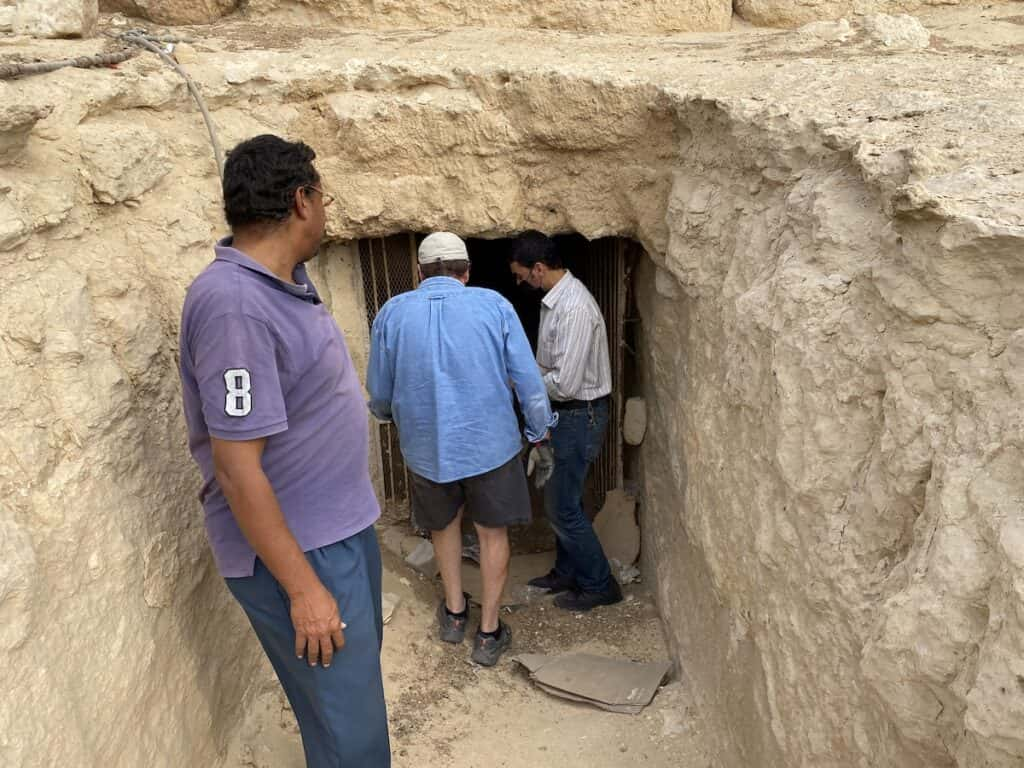
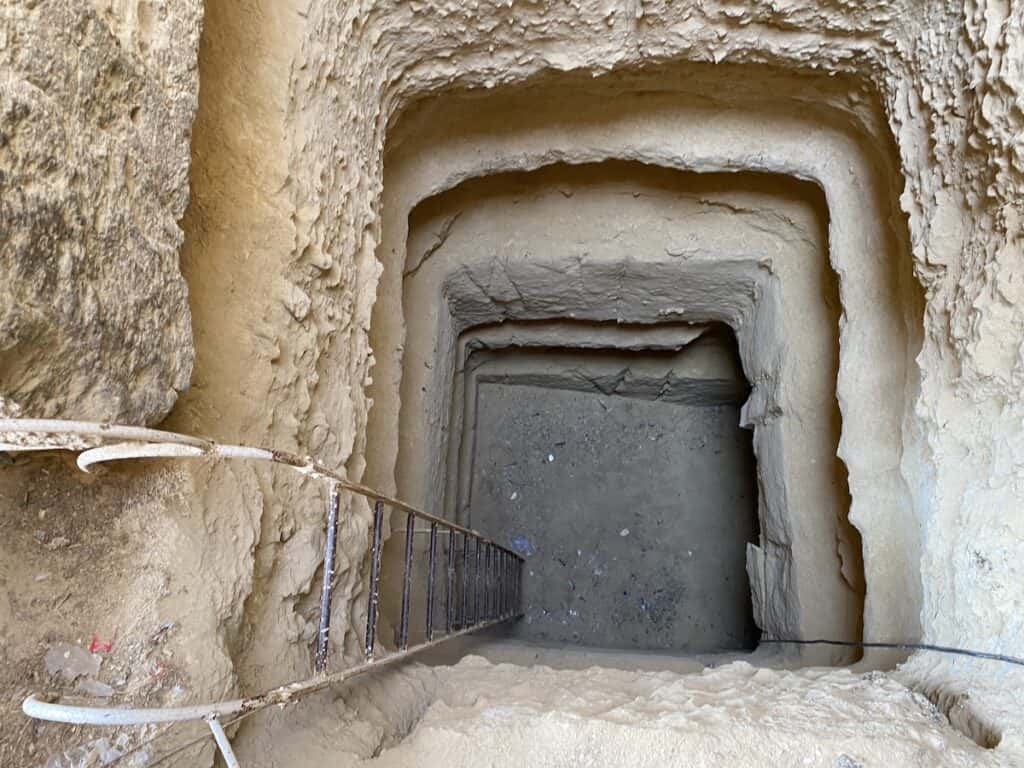
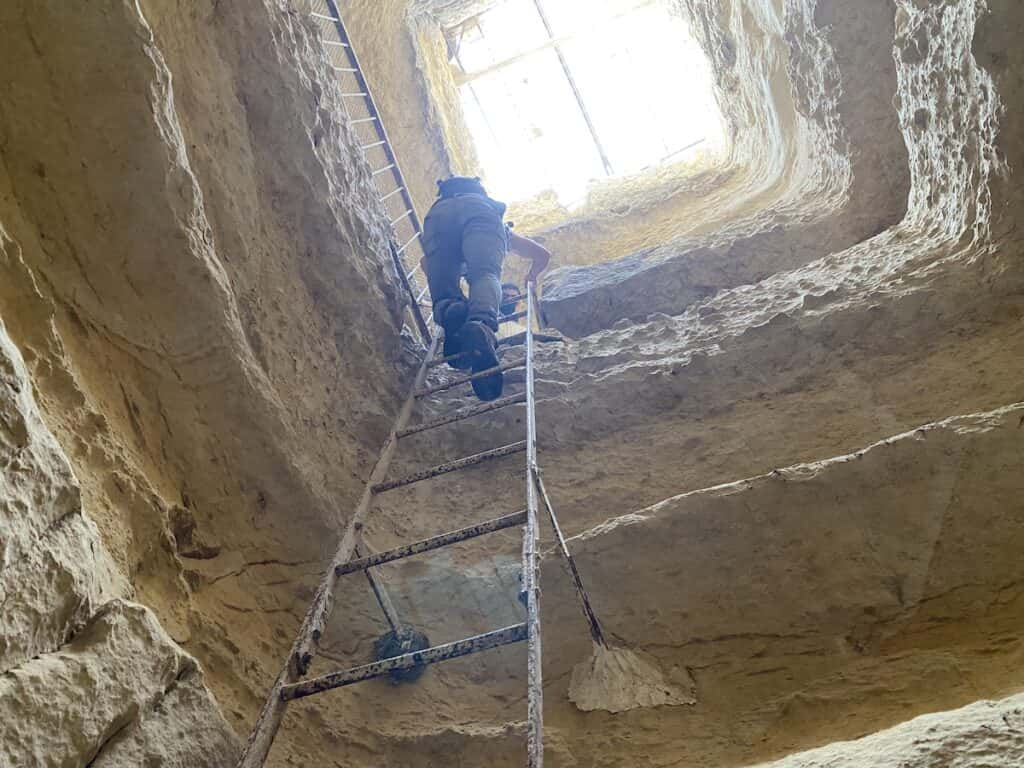
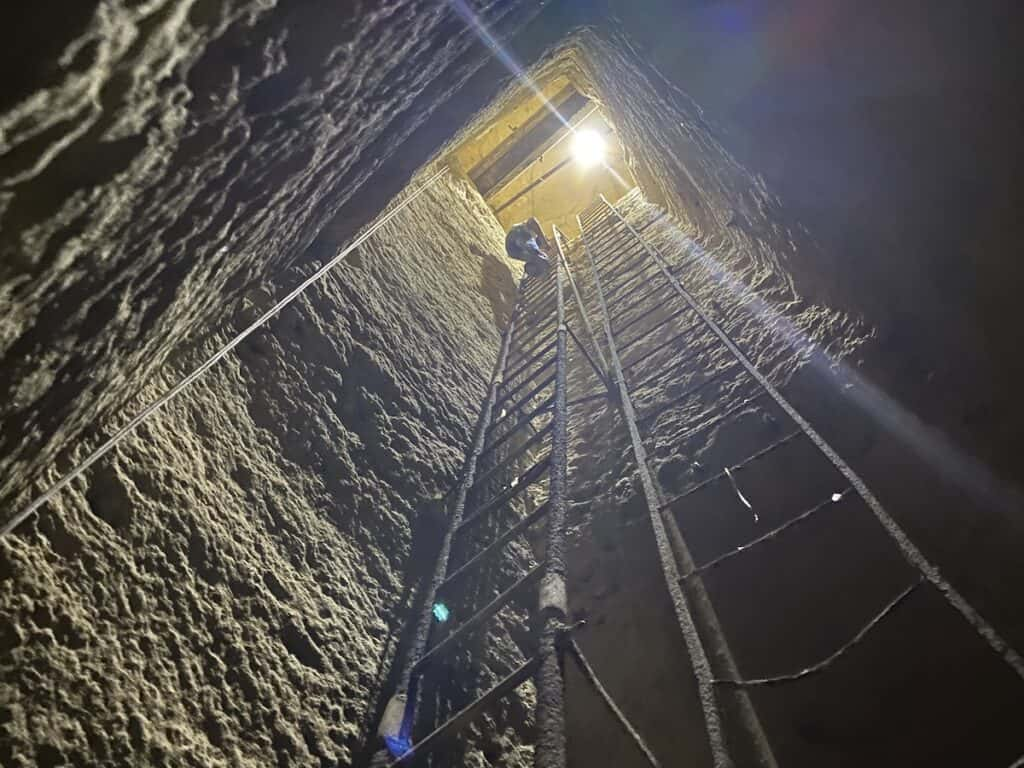
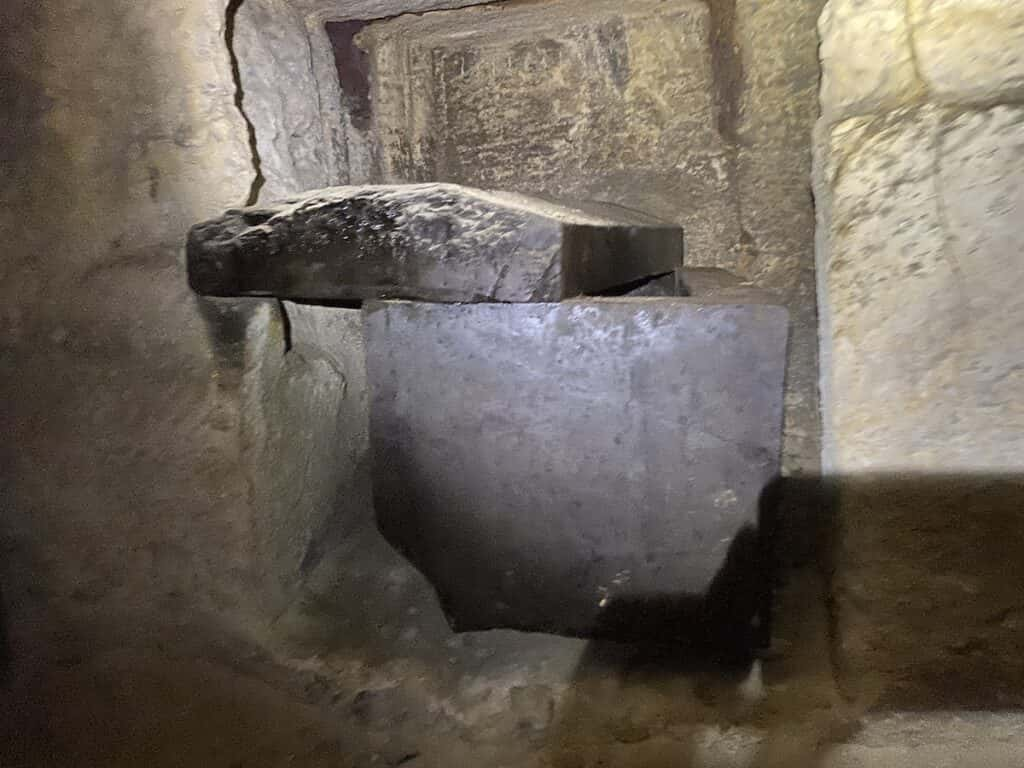
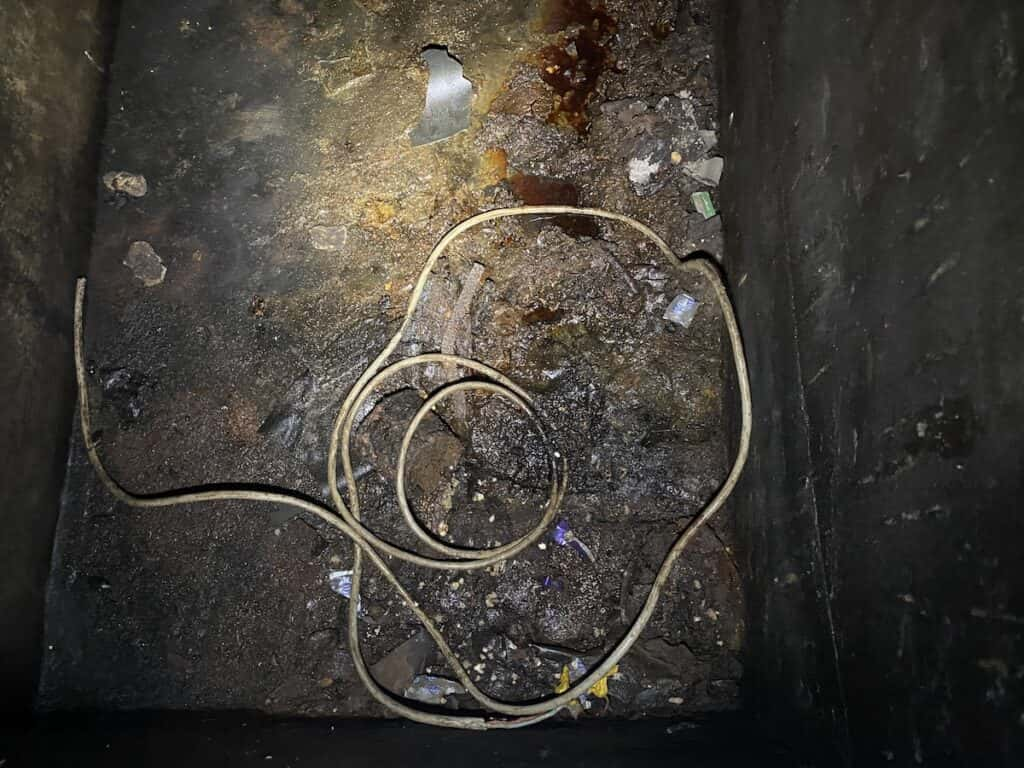
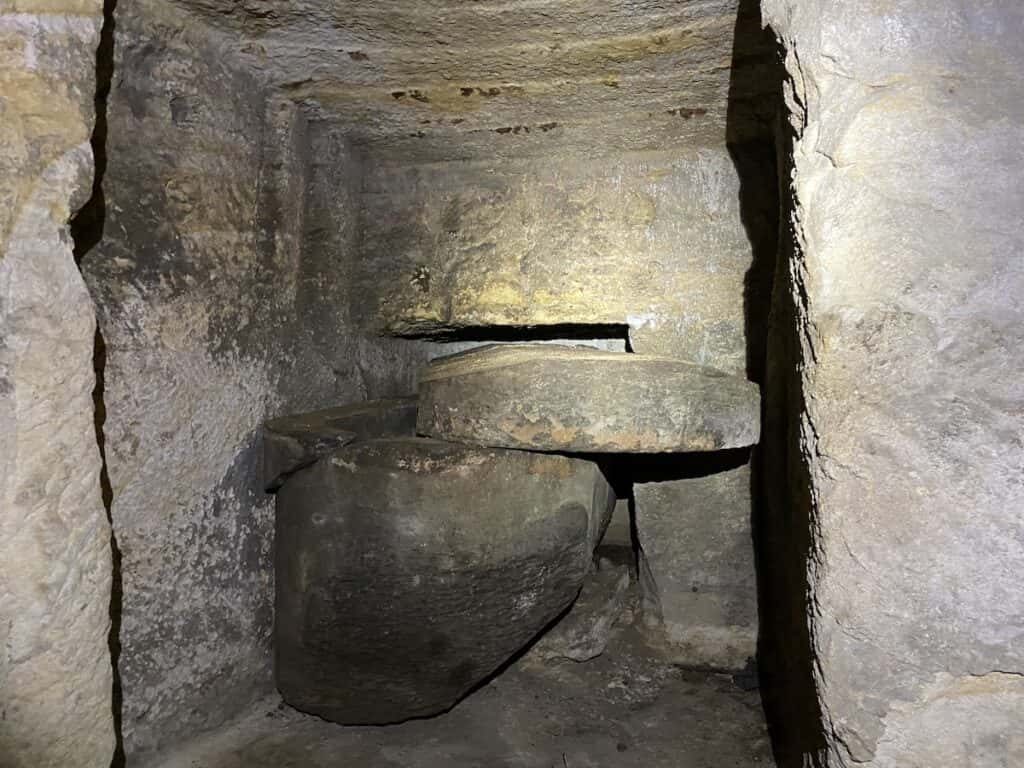
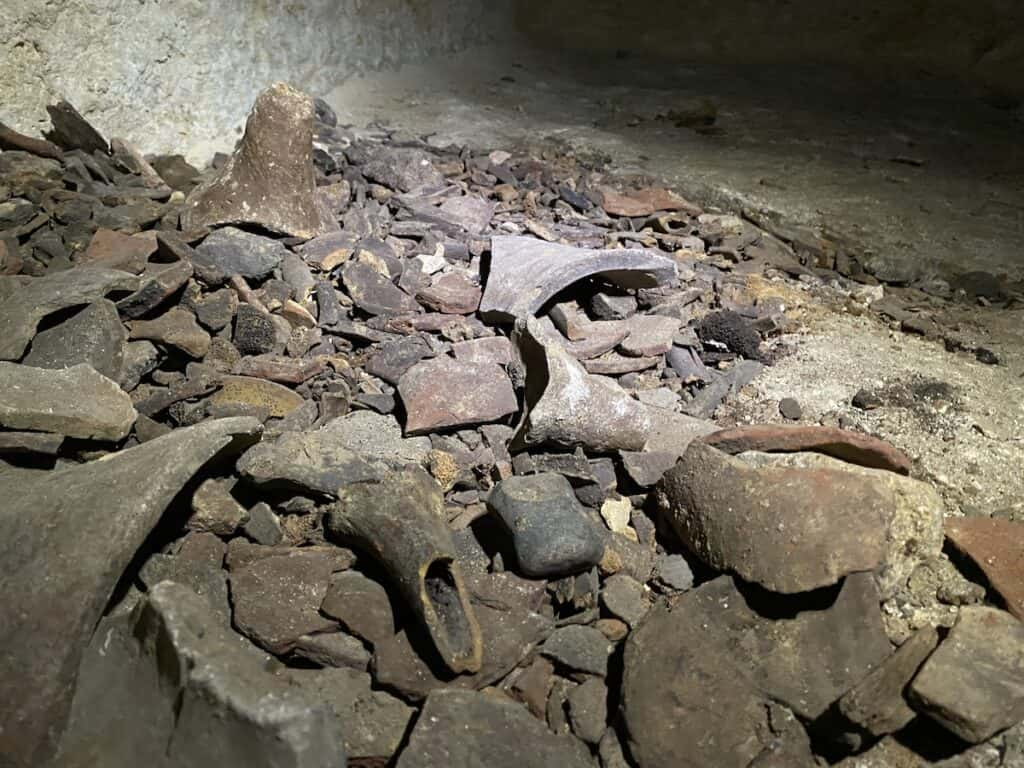
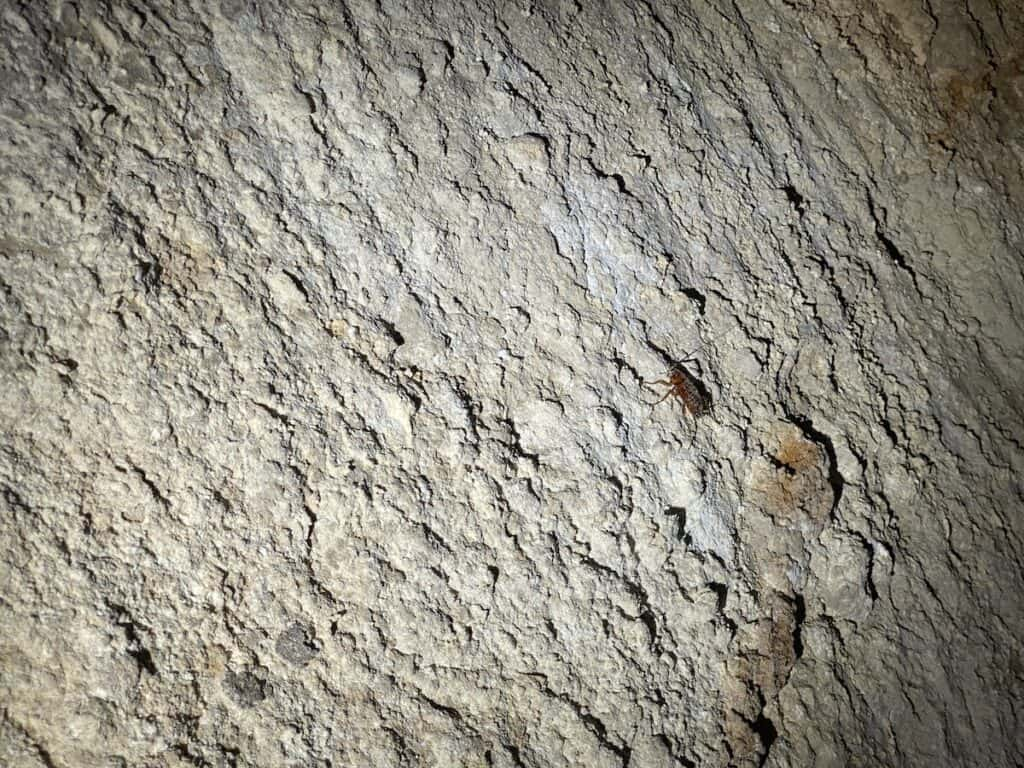
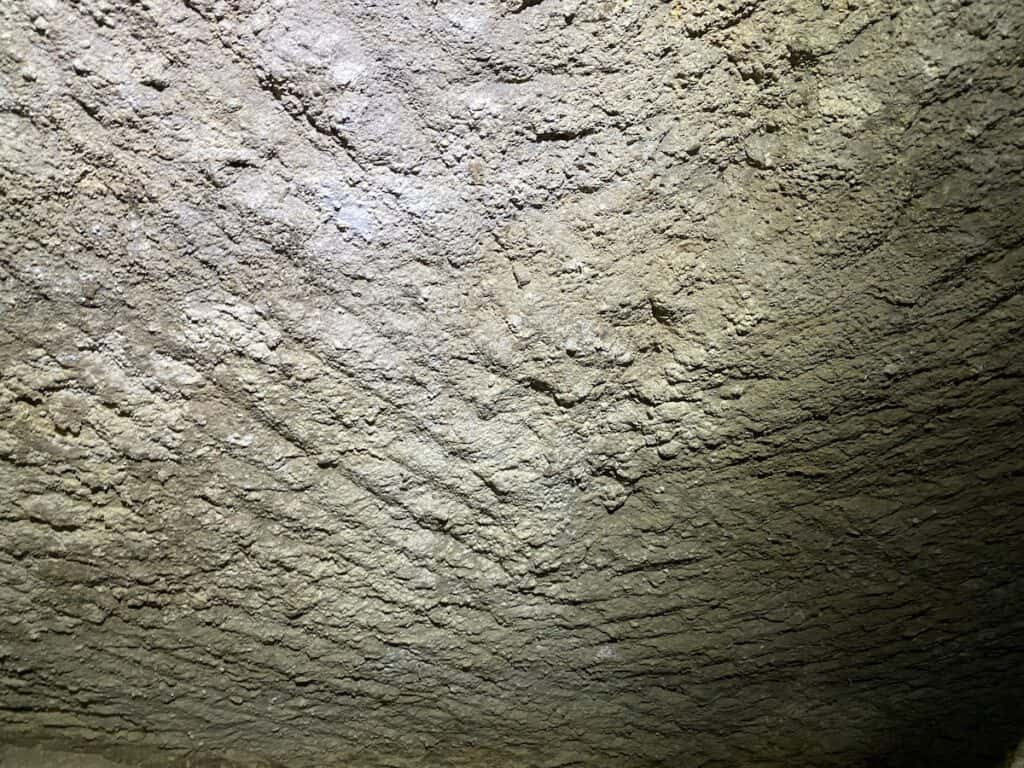
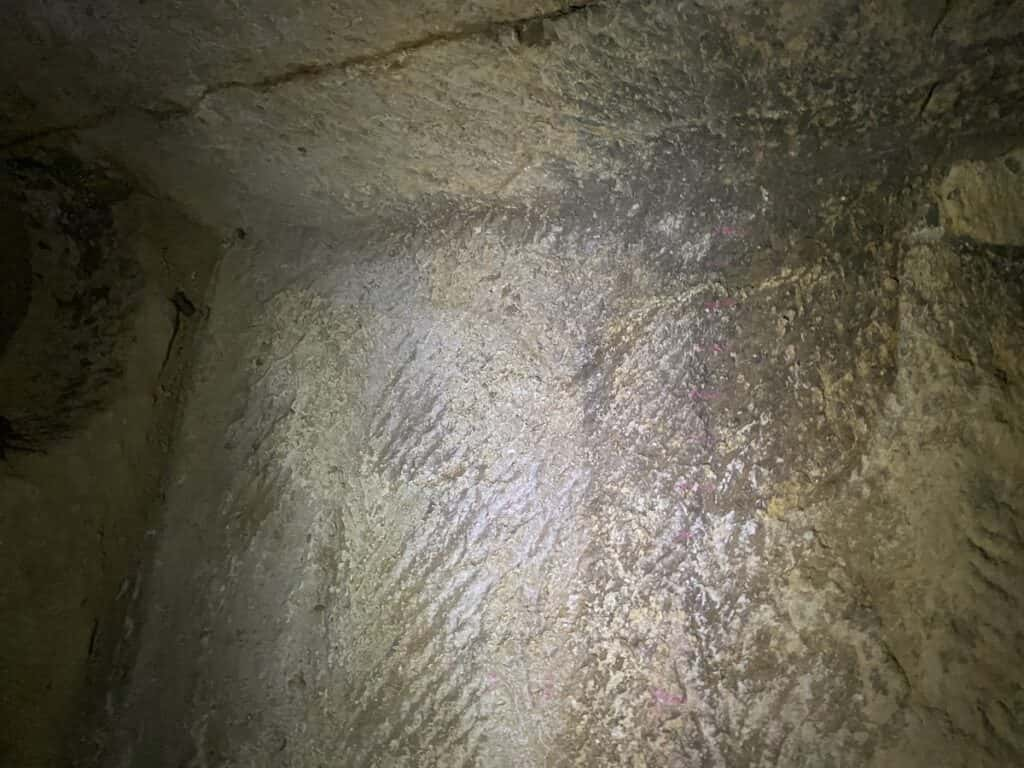
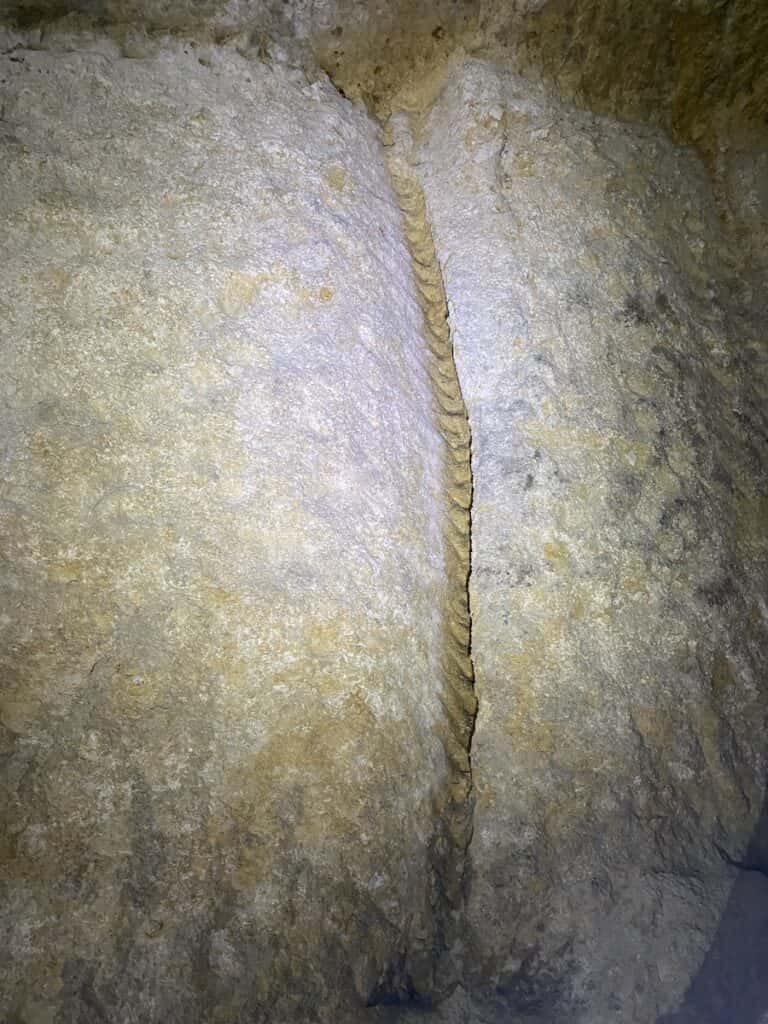
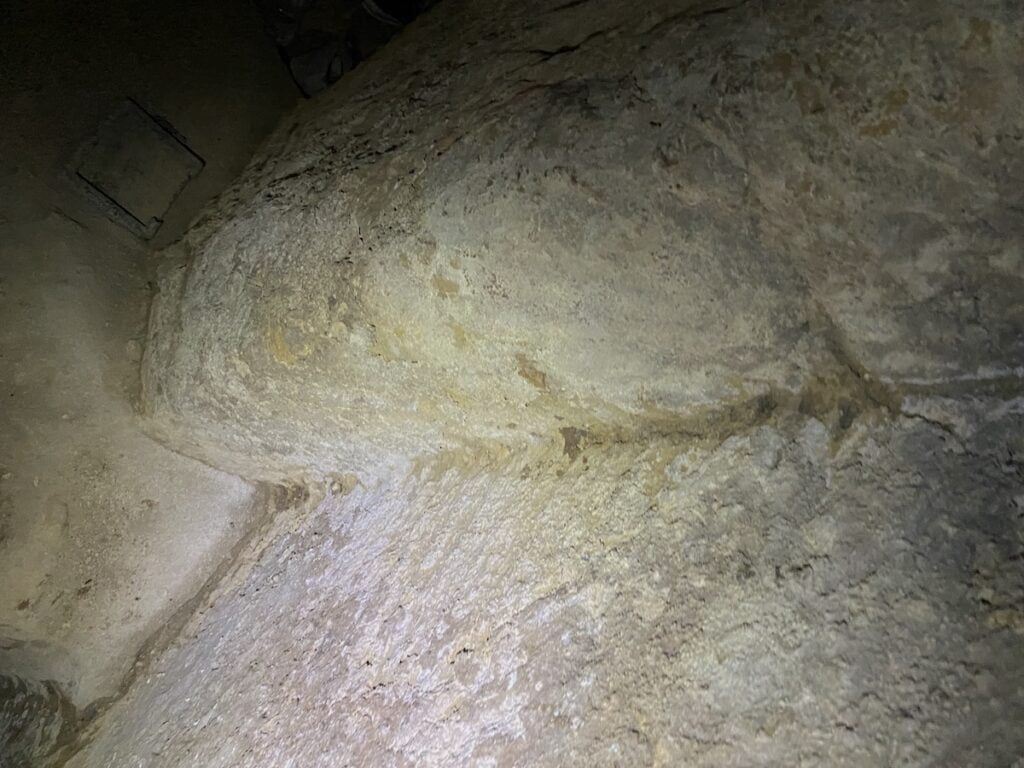
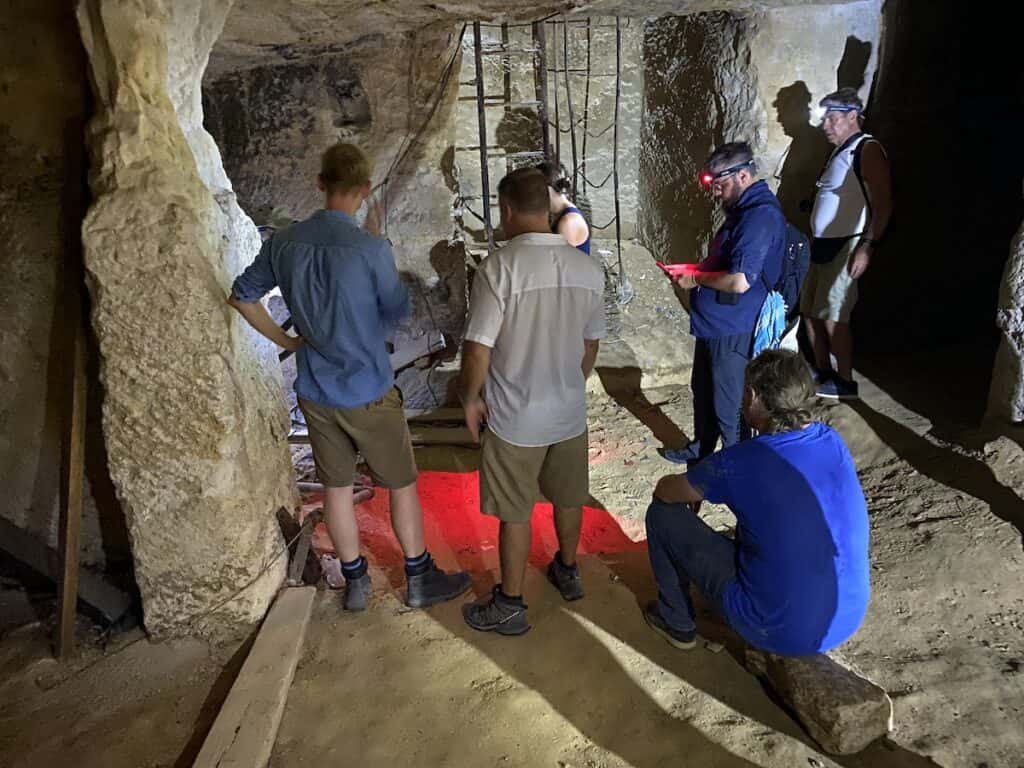
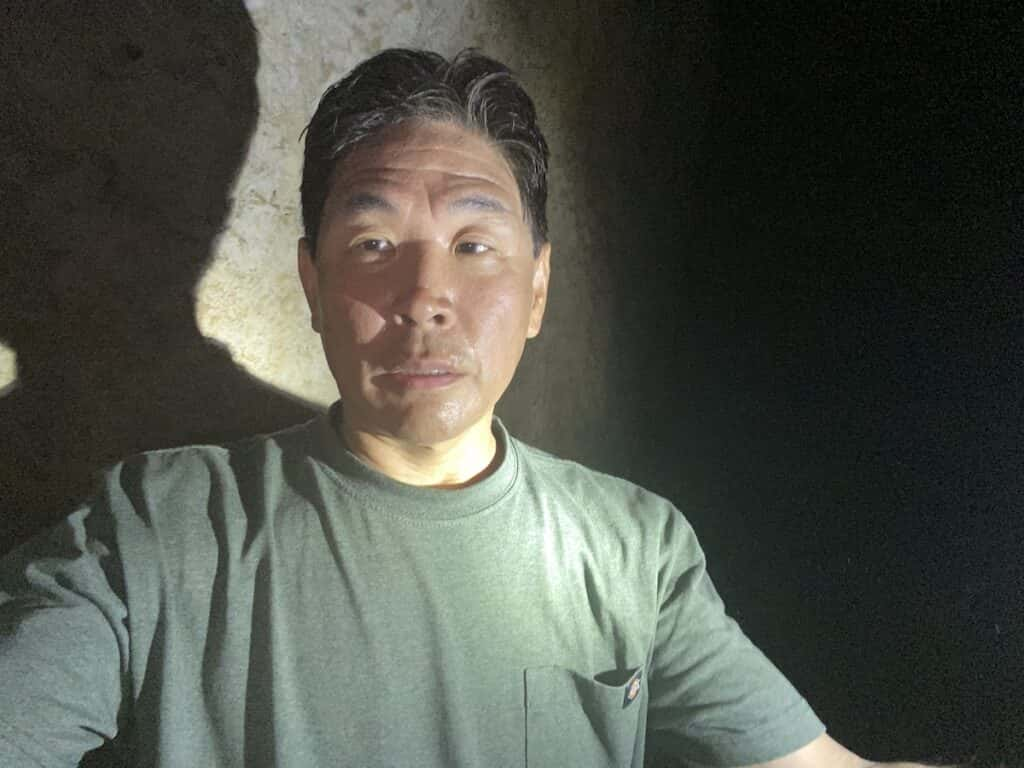
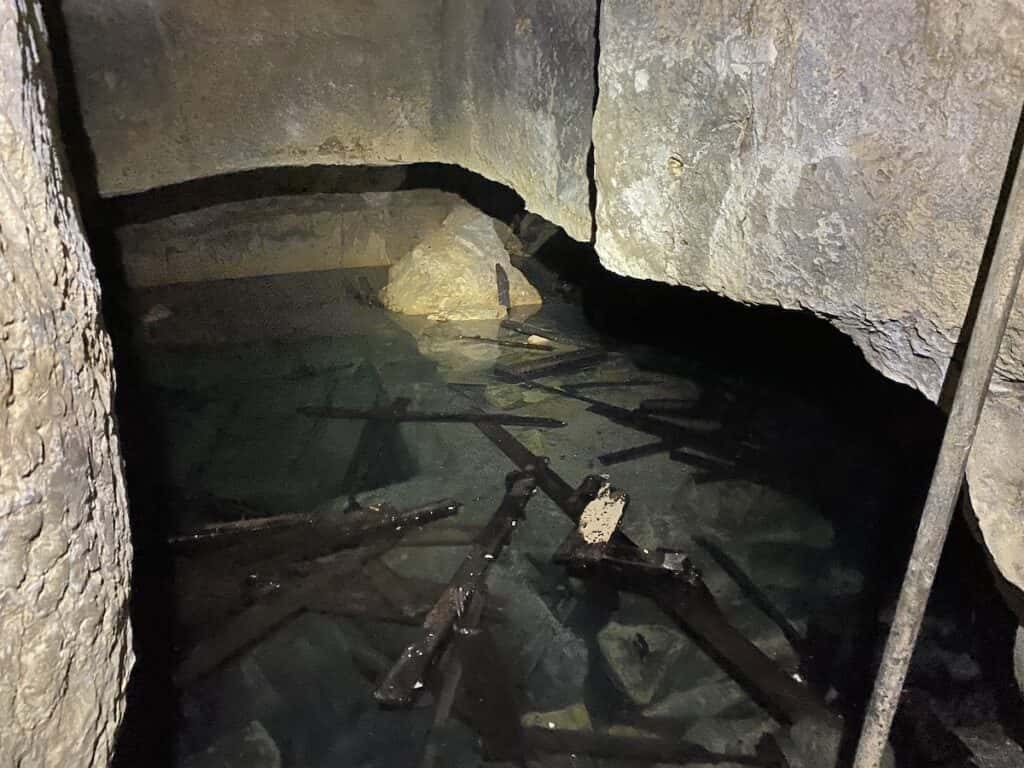
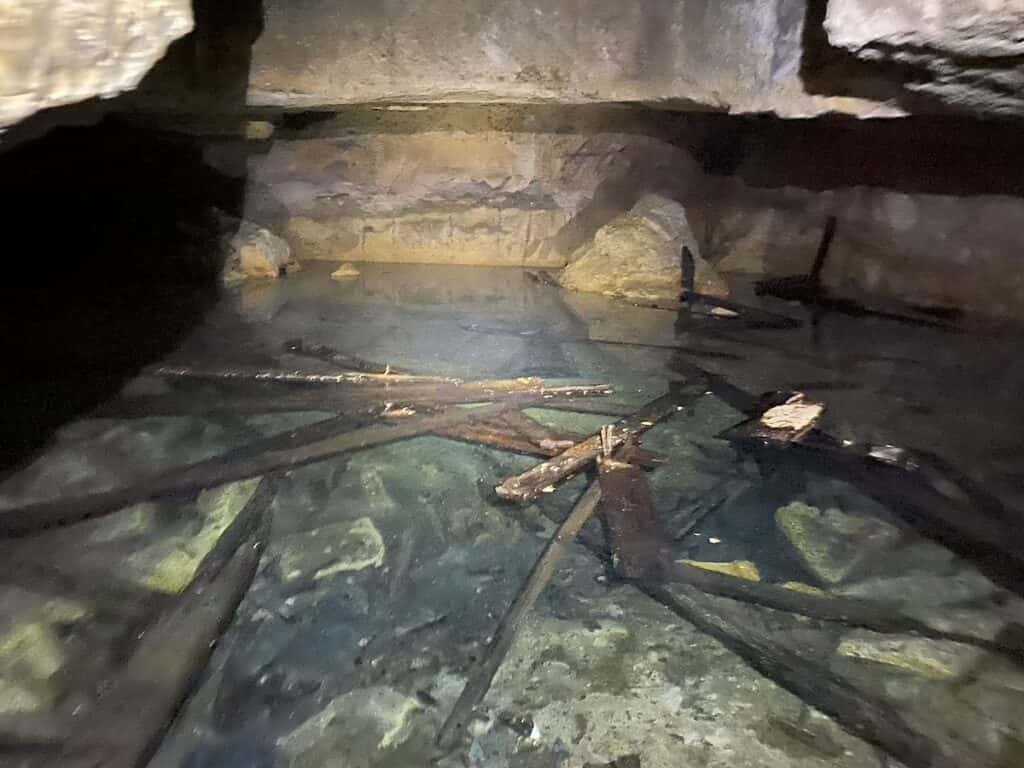
Would you stop it with this garbage? The entire place was cut through with stone tools. What you see there is probably deposit build up from the stone leaching water at some point. The stone box, is rather simple. It looks to have been opened. All the bones and pottery, that is from looters smashing everything to try and find gold and such. Just like you, making up BS about “Not dug by individual hand held chisels”, they didn’t care about the tomb or the real history either.
Ignorance is bliss for some – but not people who want to educate others. You are not
This ignorant simpleton; Dale Corner below, is easily convinced of false history. Just like many. Where are your stone tools that can produce this work? Living in fantasy land regarding old, “very much aged” ideas on what these were for and how they were made is the BEST way to ignore scientific progression and advancement of knowledge. Dale Corner must still be using his 1990 DOS PC and thinks that’s as good as they get. Sir, open your mind AND your eyes to what is available now. These granite boxes you call “Tombs” NEVER HAD A BODY IN THEM… Go figure. Also, explain the logistics behind sourcing the granite, moving it, and lowering it 100 ft. Zahi’s uneducated sand digging explanation is laughable to anyone with experience in moving heavy objects. I encourage you to step out of elementary school and realize you can test these claims yourself and do not need to be so gullible to Egyptologist fallacies. Great documentation !
Amazing. Thank you for posting your pictures. I have spent countless hours researching the mysterious antediluvian past, and it’s nice to see my suspicions confirmed here by these tool marks in the Osiris shaft. You might initially think that the tool used to create these marks, found all over the world, was something akin to a continuous mining machine, but upon closer inspection of many of these marks in person I was forced to conclude that it was not used for the purpose of pulverizing stone, but it was also much smaller than a CMM, and very flexible and thin. It seems that in some cases the tool can conform to whatever shape they want it to be, or have any radius, convex or concave. It was also used for quarrying stones, and not producing pulverized stone to create filler for geopolymer as some have theorized.
Thank you again for your pictures of this mysterious place.
Great photos. Thanks for documenting your experience!
Definitely a highlight of the trip that a vast majority of visitors have no clue is right there under their feet.